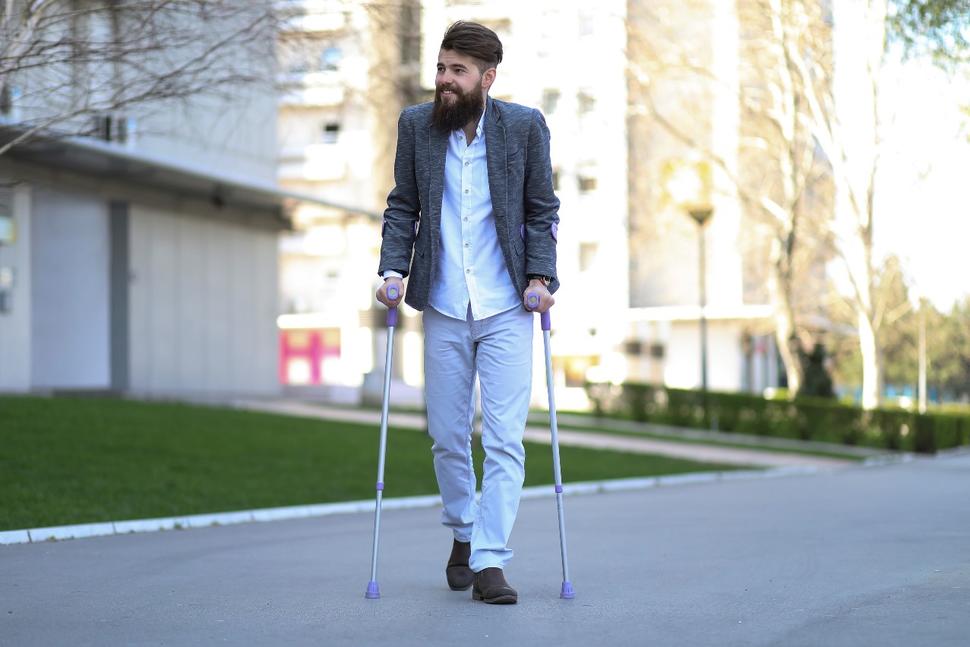What Is Difficulty Walking?
Difficulty walking may involve problems standing or moving. It is a common symptom caused by a brain tumor that may occur if any of the following symptoms are present:
- Weakness in the feet and/or legs
- Change in sensation (burning, pins and needles, etc.) or numbness in one leg or both
- Difficulty with balance or feeling unsteady
- Fatigue
Ways to Manage Difficulty Walking
There are many ways you can manage and cope with difficulty walking:
- Keep a daily log of what you are doing to manage your difficulty walking using the My STORITM app or a journal.
- Take the following precautions to avoid falls:
- Go slowly and hold onto something when you stand or move
- Be careful on the stairs and always use handrails
- Install non-skid surfaces in the bathtub, shower, and other slippery spots in your home
- Remove throw rugs and mats, and clear walkways of extra furniture
- Ensure your room is well lit so you can see where your feet are
- Ask your health care provider if assistive devices, such as canes and walkers, would improve your balance or support areas of weakness.
- Ask your health care provider if a physical or occupational therapist would help you plan exercises and learn how to move around safely.
- Wear well-fitting shoes, such as orthopedic shoes or gel sole inserts, which may lessen discomfort while walking.
- Ask your health care provider if ordering a home safety evaluation would help you understand the modifications needed to maintain your safety.
- Explore self-care activities that can help you cope with difficulty walking, including sleep, medication, and exercise:
- Talk to your doctor before starting any exercises to determine which exercises are right for you.
- Take your medication exactly as prescribed and talk to your health care professional if you have side effects. People with brain tumors can experience weakness on one side of the body or weakness in the hip muscles from corticosteroids, a commonly prescribed medication. Ask your health care professional about weakness and if your weakness is permanent or may improve so you know what to expect.
- Ensure you are getting enough sleep, because lack of sleep may make it harder to walk and balance.
Home Safety Checklist
If you are having difficulty walking, use this safety checklist to make your home safe. Download the checklist >

When to Report Difficulty Walking
Discuss any concerns you have with your doctor. Share the symptoms you’ve logged and your self-care activities.
- Ask your doctor when and how to report your symptoms
- Report if your difficulty walking continues to get worse, is severe, or does not improve with your self-care activities
- Ask your doctor what you should do in case of an emergency and when to immediately report your difficulty walking—including if you suddenly have difficulty walking or your difficulty walking is associated with new symptoms

